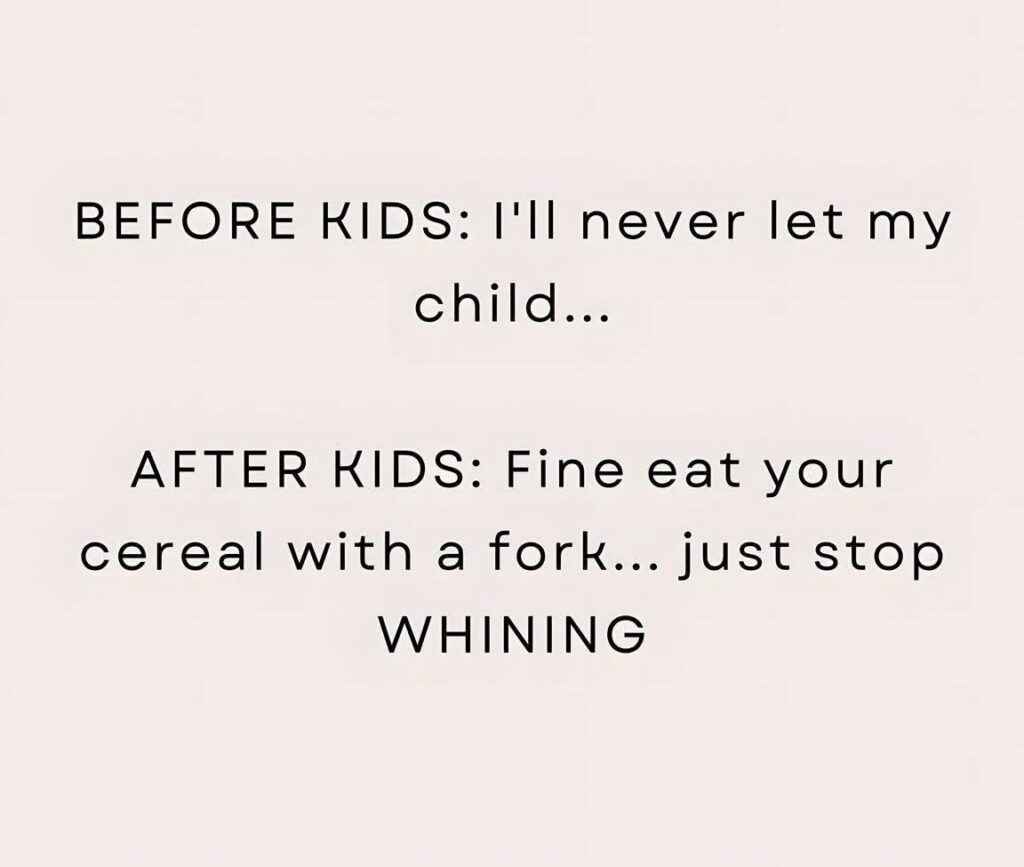
Why a Consistent Bedtime Routine Matters for a 10-Month-Old
By the time your baby reaches 10 months, you’ve probably realized that sleep can either be a peaceful, predictable process or a nightly battle of wills. The secret to making bedtime easier? Consistency.
At this stage, babies are going through major developmental changes—they’re crawling, pulling up, maybe even taking first steps. All this excitement can make it harder for them to settle down at night. That’s where a bedtime routine comes in.
Why Routines Help Babies Sleep Better
Experts agree that a structured bedtime routine signals to your baby’s brain that sleep is coming. According to pediatric sleep specialists at Sleep Ocean, babies who follow a consistent routine tend to:
- Fall asleep faster because they recognize sleep cues.
- Stay asleep longer by reducing overstimulation before bed.
- Wake up less at night due to better sleep associations.
Babies thrive on predictability—they love knowing what comes next. When their days and nights follow a pattern, their bodies naturally adjust to a healthy circadian rhythm, making bedtime smoother for everyone.
If you’re struggling with sleep challenges, you’re not alone. Many parents find relief by establishing better sleep habits early. Sleep Solutions for New Parents offers more tips on setting up healthy routines.
Now that we know why a routine is important, let’s break down the best bedtime routine for a 10-month-old.

Best Bedtime Routine for a 10-Month-Old: A Step-by-Step Guide
Now that we know why a consistent bedtime routine is essential, let’s go over what a solid nighttime routine for a 10-month-old should look like. The key is keeping things calm, predictable, and sleep-friendly—no last-minute bursts of excitement or overstimulation.
Here’s a simple, effective bedtime routine that many parents swear by:
Step 1: Wind-Down Time (30–45 Minutes Before Bed)
Before bedtime, start helping your baby transition from playtime to relaxation. This means turning off loud toys, dimming the lights, and avoiding screens (yes, even that adorable baby show on TV).
🔹 Pro tip: Many parents find a vibrating mattress pad helps soothe fussy babies to sleep. The Munchkin® Lulla-Vibe™ Vibrating Mattress Pad has been a lifesaver for many families, offering gentle vibrations that mimic a parent’s touch.
Step 2: A Warm Bath (Optional, But Helpful!)
A quick bath with warm water can be a great way to signal to your baby that it’s time to wind down. You don’t have to do this every night, but if your little one enjoys it, a bath with lavender-scented baby wash can work wonders.
🔹 Not a fan of nightly baths? Try a gentle lotion massage instead. The key is creating a soothing sensory experience that tells your baby sleep is near.
Step 3: Pajamas & Diaper Change
This is a simple but important part of the routine. Changing into cozy pajamas and a fresh diaper sets the tone for bedtime. Make sure the diaper is snug enough to last the night—nothing disrupts sleep like a midnight diaper change!
Step 4: Bottle or Breastfeeding (But Not Right Before Sleep!)
At 10 months, babies still need formula or breastmilk, but it’s best to separate feeding from sleeping to avoid dependency on feeding as a sleep crutch.
- Offer a bottle or nursing about 30 minutes before bed, rather than as the last step.
- If your baby still wants to suckle for comfort, try a pacifier instead.
Step 5: Storytime & Cuddles
Reading to your baby helps them relax and signals sleep time. At this stage, they love simple board books with big pictures or interactive books with textures.
- Keep the lights dim and voices soft.
- If your baby is extra fussy, rocking or gentle patting can help.
🔹 Need more help getting your baby to sleep through the night? Check out How to Get Your Baby to Sleep Through the Night for more sleep strategies.
Step 6: Lights Out & White Noise
By now, your baby should be calm, relaxed, and ready for bed. The last step is creating the right sleep environment:
- Room temperature: Keep it cool (68–72°F) for better sleep.
- White noise: Helps drown out household sounds and mimics the womb.
- Comfort items: If safe, a sleep sack or small lovey can be soothing.
🔹 Still dealing with bedtime struggles? A gentle vibration tool like the Munchkin® Lulla-Vibe™ Vibrating Mattress Pad can help babies settle faster, especially if they get fussy when put down.
Once your baby drifts off, congratulations—you’ve successfully navigated another bedtime! But what happens if they wake up at night or struggle with their sleep schedule? That’s where the 5-3-3 sleep rule comes in. Let’s dive into that next.

What is the 5-3-3 Rule for Babies? (And Does It Work at 10 Months?)
If you’ve spent any time searching for baby sleep schedules, you’ve probably come across the 5-3-3 rule. But what exactly does it mean, and is it helpful for a 10-month-old’s sleep routine?
Breaking Down the 5-3-3 Sleep Schedule
The 5-3-3 rule is a structured nap and sleep schedule designed to help babies get consistent, quality rest throughout the day. Here’s how it works:
- 5 hours after morning wake-up → First nap
- 3 hours after waking from the first nap → Second nap
- 3 hours after waking from the second nap → Bedtime
For example, if your baby wakes up at 7:00 AM, their day might look like this:
✔ Nap 1: 12:00 PM – 1:30 PM
✔ Nap 2: 4:30 PM – 5:30 PM
✔ Bedtime: 8:30 PM
Is the 5-3-3 Schedule a Good Fit for a 10-Month-Old?
At 10 months, some babies still take two naps a day, while others start transitioning to just one longer nap. The 5-3-3 method can work well if your baby still needs two naps but struggles with short or irregular sleep cycles.
🔹 If your baby resists naps or bedtime, try shifting the wake windows slightly—some babies need a little more or less wake time before they’re ready for sleep.
Adjusting the 5-3-3 Rule for Your Baby
Since all babies have different sleep needs, consider these tweaks to make the 5-3-3 method work better:
- If naps are too short: Try extending wake windows slightly.
- If bedtime is too late: Shorten the second nap or push it earlier.
- If your baby wakes too early in the morning: Consider a later bedtime or adjusting the daytime naps.
🔹 Struggling with night wakings even with a solid schedule? Check out How to Get Your Baby to Sleep Through the Night for additional strategies.
The 5-3-3 schedule can work well for many babies, but some 10-month-olds need a slightly different approach. Up next, let’s talk about what your baby should be doing during the day to support better nighttime sleep.
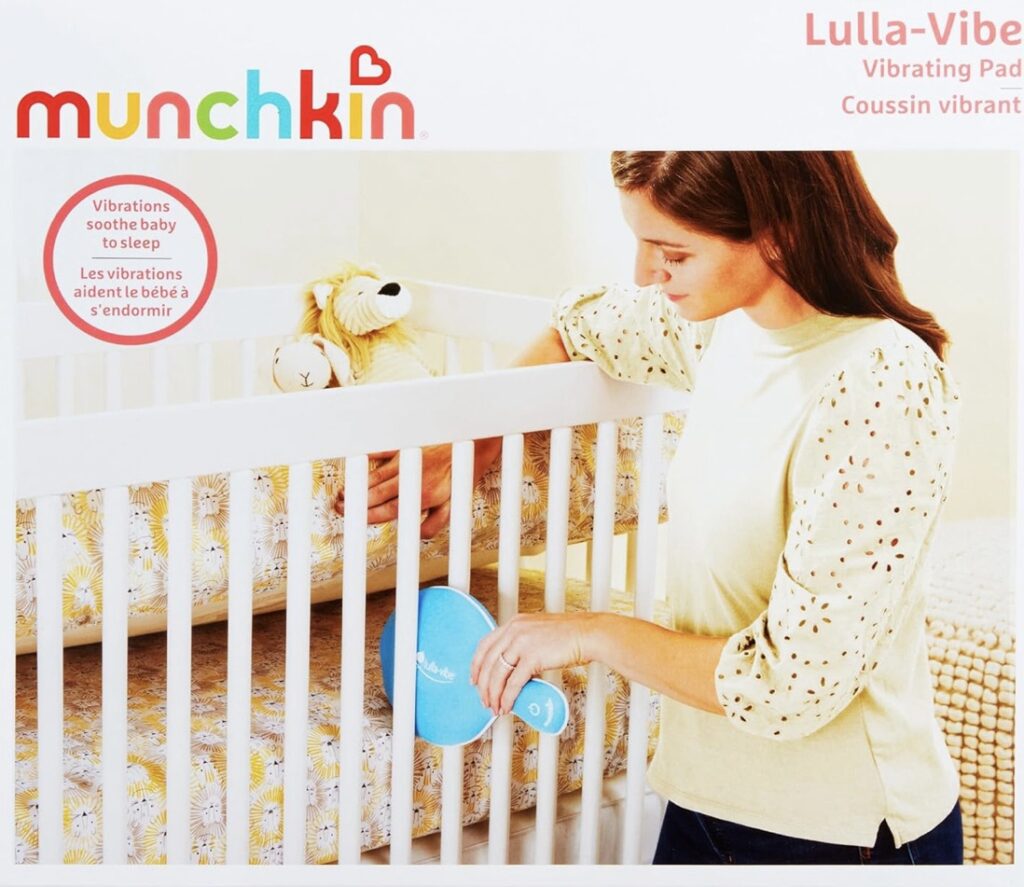
What Should I Be Doing With My 10-Month-Old Every Day?
A good bedtime routine starts long before the evening—it’s all about what happens during the day. At 10 months old, your baby is full of energy, exploring the world in new ways, and burning off that energy is key to better sleep at night.
Sample Daily Schedule for a 10-Month-Old
While every baby is different, here’s a general daily schedule that balances sleep, meals, and playtime:
✔ 7:00 AM – Wake up & morning milk feed
✔ 8:00 AM – Breakfast (solid food)
✔ 9:30 AM – Playtime & learning activities
✔ 10:30 AM – First nap (1–1.5 hours)
✔ 12:00 PM – Lunch (solid food & water)
✔ 1:00 PM – Outdoor time or stroller walk
✔ 2:30 PM – Second nap (45 mins–1 hour)
✔ 4:00 PM – Afternoon snack
✔ 5:00 PM – Independent play & wind-down activities
✔ 6:00 PM – Dinner
✔ 7:30 PM – Bedtime routine begins
✔ 8:00 PM – Sleep
Engaging Activities for a 10-Month-Old
At this age, your baby is curious about everything. Keeping them engaged during the day helps with development and nighttime sleep.
Try these fun, developmentally appropriate activities:
🔹 Tummy time & crawling games – Strengthens muscles and coordination.
🔹 Stacking cups & shape sorters – Encourages problem-solving.
🔹 Singing & nursery rhymes – Builds language skills.
🔹 Reading books together – Creates a soothing, screen-free bonding time.
🔹 Exploring textures & sensory bins – Helps develop fine motor skills.
🔗 Need more activity ideas? Check out 10 Creative Indoor Activities for Toddlers on Rainy Days for more ways to keep your little one engaged.
Why Daily Routine Impacts Nighttime Sleep
- Babies who get enough stimulation during the day sleep better at night.
- Regular meal and nap times help regulate their internal clock.
- Outdoor time and natural sunlight support a healthy circadian rhythm.
Keeping a consistent, engaging daily routine sets your baby up for better naps and easier bedtimes. But even with the best schedule, sleep challenges can still pop up—so let’s talk about common sleep struggles and how to fix them.

Common Sleep Challenges for 10-Month-Olds (And How to Fix Them)
Even with a solid bedtime routine and daytime schedule, sleep struggles can still happen. At 10 months, babies go through major developmental changes, which can lead to night wakings, nap resistance, or early morning wake-ups.
Here are some common sleep challenges parents face at this stage—along with solutions to get sleep back on track.
1. Separation Anxiety at Bedtime
Around 10 months, many babies develop a stronger attachment to parents and may struggle with being left alone at bedtime. This can lead to clinginess, crying, and fighting sleep.
How to Fix It:
✔ Practice short daytime separations – Play peek-a-boo or step out of the room for a minute so your baby learns you always come back.
✔ Introduce a comfort object – If safe, a small lovey or sleep sack can help with self-soothing.
✔ Stay calm and consistent – Short, gentle reassurance is fine, but avoid picking them up repeatedly.
🔗 If nighttime becomes unpredictable, you’ll relate to Nighttime Adventures: Navigating Bedtime Surprises on the Parenthood Rollercoaster.
2. Night Wakings and Sleep Regression
Some babies suddenly start waking multiple times a night around this age, even if they were sleeping well before. This is often due to:
- Developmental leaps (learning new skills like standing and walking).
- Increased mobility (rolling, crawling, or pulling up in the crib).
- A new need for comfort and reassurance.
How to Fix It:
✔ Give them extra practice during the day – Let them work on standing, crawling, and walking so they don’t practice at 2 AM.
✔ Stick to the bedtime routine – Predictability helps prevent overtiredness.
✔ Use a vibrating mattress pad for soothing – The Munchkin® Lulla-Vibe™ Vibrating Mattress Pad is a great tool to help calm a restless baby.
🔗 Need help getting back on track? Read How to Get Your Baby to Sleep Through the Night for step-by-step sleep training methods.
3. Teething Disrupting Sleep
At 10 months, many babies are cutting new teeth, which can make them fussy, restless, and uncomfortable at night.
How to Fix It:
✔ Use a cold teething ring before bed – Helps numb sore gums.
✔ Offer a pain reliever if necessary – Consult your pediatrician about baby-safe medication options.
✔ Adjust the bedtime routine – Add extra cuddles, rocking, or soft singing to help comfort your baby.
4. Nap Resistance and Short Naps
Your baby might start fighting naps or waking after just 30 minutes. This is common at 10 months as they approach the eventual transition to one nap.
How to Fix It:
✔ Make sure they’re getting enough wake time – Adjust the schedule to 5-3-3 or a slightly longer wake window if naps are too short.
✔ Keep the nap environment dark and quiet – Use blackout curtains and white noise.
✔ Avoid overtiredness – A too-late nap can backfire, leading to restless sleep.
🔗 For more on safe sleep at this age, check out Safe Sleep Practices for 9-Month-Olds: To Blanket or Not to Blanket?.
When to Worry About Sleep Issues
Most sleep struggles at 10 months are temporary and development-related, but if your baby is consistently struggling, consider:
- Checking for underlying issues (reflux, allergies, or discomfort).
- Looking at their overall sleep habits—are they getting enough daytime sleep?
- Evaluating whether it’s time for a slight schedule adjustment.
Most importantly, don’t panic—this phase will pass! Babies go through so many sleep changes in their first year, and small adjustments can make a big difference.
Now, let’s dive into an important topic: safe sleep practices at 10 months old.
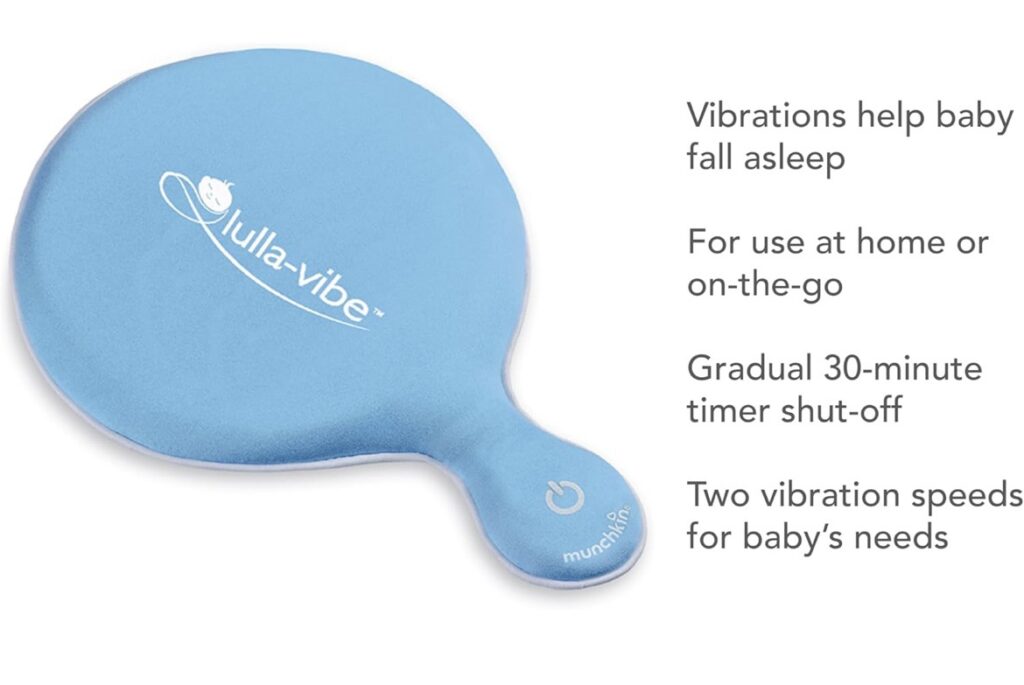
Safe Sleep Practices for a 10-Month-Old: What Parents Should Know
At 10 months old, your baby is growing fast and becoming more mobile, which means sleep safety is just as important as ever. While some rules from the newborn stage still apply, a few things start to change around this age.
Here’s what you need to know to keep your baby safe and sleeping soundly.
1. Can a 10-Month-Old Sleep with a Blanket or Pillow?
Many parents wonder when it’s safe to introduce a blanket, pillow, or stuffed animal to their baby’s crib.
✔ The American Academy of Pediatrics (AAP) recommends waiting until at least age 1 before adding soft bedding.
✔ If you want to add warmth, opt for a sleep sack or wearable blanket instead.
✔ Keep the crib free of loose blankets, bumpers, or pillows to reduce the risk of suffocation.
🔗 Read more about sleep safety in Safe Sleep Practices for 9-Month-Olds: To Blanket or Not to Blanket?.
2. The Best Sleep Environment for a 10-Month-Old
Creating the right sleep setting can help your baby settle faster and sleep longer.
✔ Room temperature: Keep it between 68–72°F for optimal comfort.
✔ Use a firm mattress: No extra padding or memory foam.
✔ Dim the lights before bedtime: This signals that sleep is coming.
✔ White noise machines help block out household noise.
🔹 Still struggling with bedtime? The Munchkin® Lulla-Vibe™ Vibrating Mattress Pad is a game-changer for many parents, offering gentle vibrations to soothe fussy babies.
3. What If My 10-Month-Old Rolls Onto Their Stomach While Sleeping?
By now, your baby is likely rolling over on their own, which means you don’t need to reposition them.
✔ If your baby rolls onto their stomach but can roll back independently, it’s safe to let them sleep that way.
✔ Always put them down on their back, but if they roll over during sleep, there’s no need to adjust them.
✔ Avoid using positioners or sleep wedges—these can be dangerous.
4. Can My 10-Month-Old Sleep in My Bed?
Many parents wonder about co-sleeping at this stage. While room-sharing is still encouraged, bed-sharing is not recommended due to safety risks.
✔ If your baby wakes up frequently, try moving their crib next to your bed for easy comforting.
✔ Stick to a consistent sleep space so they learn to associate their crib with sleep.
🔗 For more expert-backed info on co-sleeping safety, check out Safe Sleep Practices for Infants: When Can a Baby Sleep With You?.
5. Is My Baby Ready for a Toddler Bed?
Some babies start climbing or pulling up in the crib around this age, making parents wonder if it’s time for a toddler bed.
✔ At 10 months, most babies are not ready for a toddler bed—experts recommend waiting until closer to 18 months–3 years.
✔ If your baby is an early climber, lower the crib mattress to the lowest setting to prevent falls.
Keeping sleep safe at this stage is all about setting up the right environment while ensuring your baby has enough independence to self-soothe.
Next, let’s see what sleep experts have to say about bedtime routines for 10-month-olds.
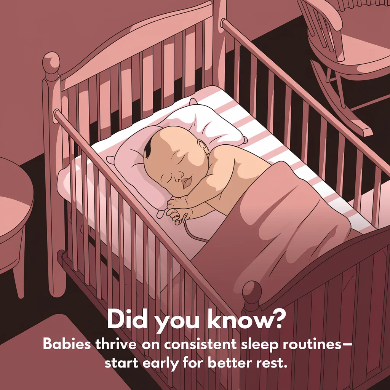
What Sleep Experts Say About Bedtime Routines for 10-Month-Olds
If you’ve been researching baby sleep, you’ve probably seen conflicting advice about what works best. Some experts swear by strict schedules, while others promote a more flexible approach. So, what do actual pediatric sleep consultants say about bedtime routines for 10-month-olds?
1. Consistency is More Important Than Exact Timing
According to sleep expert Dr. Jodi Mindell, a consistent bedtime routine is one of the most effective ways to help babies sleep better—but it doesn’t have to be at the exact same time every night.
✔ What matters most is the order of events (bath, PJs, books, bed), not whether bedtime is 7:30 or 8:00 PM.
✔ Babies thrive when they know what to expect—predictability signals sleep is coming.
✔ Even if naps were off, keeping the same pre-sleep routine helps babies settle faster.
🔗 Need help setting up your routine? Check out Sleep Ocean for expert-backed strategies on improving sleep quality.
2. Sleep Associations Matter—Make Them Positive
Many parents worry about creating “bad” sleep habits, but sleep coach Kim West (aka The Sleep Lady) emphasizes that babies learn to sleep through associations.
✔ If you rock or feed your baby to sleep every night, they’ll expect the same when they wake at 2 AM.
✔ Instead, use gentle but independent sleep cues—a favorite lovey, a sleep sack, or Munchkin® Lulla-Vibe™ Vibrating Mattress Pad to help them self-soothe.
✔ If your baby wakes at night, give them a minute to resettle before rushing in.
3. Some Babies Need Longer Wake Windows Before Bed
Dr. Richard Ferber, the sleep expert behind “Ferberizing,” notes that many night wakings happen because babies aren’t tired enough at bedtime.
✔ At 10 months, some babies need a 3.5–4 hour wake window before bed.
✔ If bedtime battles are happening, try shifting naps slightly earlier to prevent undertiredness.
✔ Babies who get enough physical activity during the day sleep better at night.
🔗 For more tips on adjusting wake windows, read How to Get Your Baby to Sleep Through the Night.
4. Don’t Be Afraid to Adapt the Routine
One of the biggest takeaways from sleep experts? What works now may not work in a month. Babies grow, change, and go through regressions, so parents need to be flexible and patient.
✔ If something stops working, tweak it.
✔ If your baby starts waking early, adjust bedtime or naps slightly.
✔ If teething or sickness causes sleep setbacks, don’t stress—just get back on track when they’re better.
🔗 If your baby’s routine suddenly stops working, Nighttime Adventures: Navigating Bedtime Surprises on the Parenthood Rollercoaster is a must-read.
Now, let’s talk about how to adjust your baby’s bedtime routine as they grow.
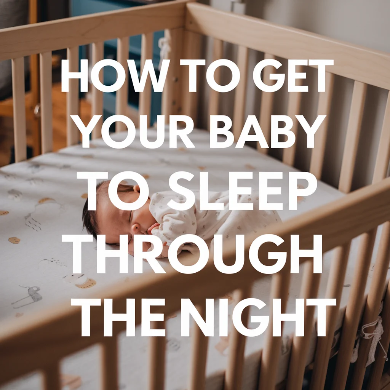
How to Adjust a Bedtime Routine as Your Baby Grows
What works for a 10-month-old won’t work forever—babies grow, sleep needs change, and bedtime routines need small adjustments along the way. If your baby suddenly starts fighting bedtime, waking up too early, or skipping naps, it might be time to tweak their routine.
1. When to Adjust Bedtime
✔ If your baby is taking too long to fall asleep – Try shifting bedtime earlier or later by 15–30 minutes.
✔ If they start waking up too early (before 6 AM) – Make sure naps are not too late in the day.
✔ If they are suddenly resisting naps – They may be ready for longer wake windows or transitioning to one nap.
🔗 Need help figuring out baby sleep patterns? Check out Sleep Solutions for New Parents for more guidance on making sleep adjustments.
2. Signs Your Baby is Ready for a New Sleep Schedule
Every baby is different, but here are clear signs it’s time to adjust their routine:
✔ More bedtime resistance – Your baby fights sleep even when they seem tired.
✔ More night wakings – They wake up more frequently than usual.
✔ Short naps or skipped naps – They struggle to settle into a full nap.
3. The Transition from Two Naps to One
Most babies drop their second nap between 12–18 months, but some start showing signs earlier. If your baby is fighting the second nap or skipping it multiple days in a row, try gradually extending their wake windows and moving the first nap later.
🔹 Pro tip: If your baby is struggling with this transition, a soothing tool like the Munchkin® Lulla-Vibe™ Vibrating Mattress Pad can help them settle into their new schedule more easily.
4. Keeping Sleep on Track During Growth Spurts & Milestones
✔ Babies often wake more at night when learning a new skill like standing or walking.
✔ Stick to the same bedtime routine even if sleep gets disrupted temporarily.
✔ Allow extra wind-down time on busy developmental days to help them settle.
🔗 Need a refresher on bedtime surprises? Read Nighttime Adventures: Navigating Bedtime Surprises on the Parenthood Rollercoaster for relatable stories and tips.

Final Thoughts For Now…
Your baby’s bedtime routine will evolve over time, but keeping it consistent, calming, and flexible enough to adjust is key to maintaining healthy sleep habits. If your 10-month-old is struggling, small tweaks to their schedule or sleep environment can make a big difference.
With the right approach, bedtime can go from a nightly battle to a smooth, predictable routine that sets your little one up for restful sleep and happy mornings.

As an Amazon Associate we earn from qualifying purchases through some links in our articles.

